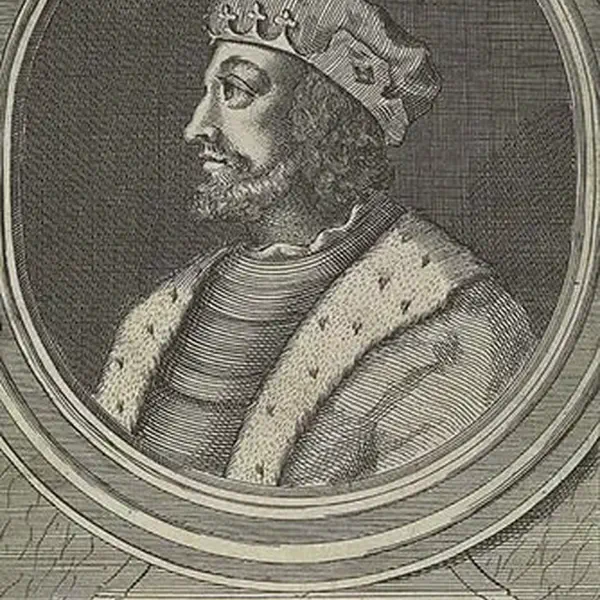
King Malcolm III (Canmore), Last of the Celtic Kings Was Killed at the Battle of Alnwick
November 13, 1093
Malcolm III, (c. 1031–13 November 1093) also known as Malcolm Canmore, or “Canmore” (Gaelic ceann mòr, literally ‘big head’, understood as ‘great chief’). He was King of Scotland from 1058 to 1093.
Malcolm’s long reign of 35 years preceded the beginning of the Scoto-Norman age. He was a member of the House of Dunkeld and played a significant role in Scottish history during a crucial period of consolidation and expansion.
Henry I of England and Eustace III of Boulogne were his sons-in-law, making him the maternal grandfather of Empress Matilda, William Adelin and Matilda of Boulogne. All three of them were prominent in English politics during the 12th century.
Battle of Alnwick Nov 13, 1093
While marching north again, Malcolm was ambushed by Robert de Mowbray, Earl of Northumbria, whose lands he had devastated, near Alnwick on 13 November 1093.
There he was killed by Arkil Morel, steward of Bamburgh Castle. The conflict became known as the Battle of Alnwick. Edward was mortally wounded in the same fight. Margaret, it is said, died soon after receiving the news of their deaths from Edgar.
The Annals of Ulster say:
Mael Coluim son of Donnchad, over-king of Scotland, and Edward his son, were killed by the French [i.e. Normans] in Inber Alda in England. His queen, Margaret, moreover, died of sorrow for him within nine days.
Malcolm’s body was taken to Tynemouth Priory for burial. The king’s body was sent north for reburial, in the reign of his son Alexander, at Dunfermline Abbey, or possibly Iona.
Key points about Malcolm III include:
Ascension to the Throne: Malcolm III became king after defeating Macbeth in the Battle of Lumphanan in 1057. This battle is famously depicted in William Shakespeare’s play “Macbeth.”
Reign: Malcolm III’s reign was marked by efforts to strengthen the monarchy and expand the kingdom’s territories. He faced internal and external challenges, including conflicts with the English and the Norman Conquest.
Marriage to Margaret: Malcolm III married Margaret of Wessex (Saint Margaret) in 1070. Margaret played a significant role in promoting cultural, religious, and social reforms in Scotland.
Religious Influence: Malcolm III and Margaret had a significant impact on the church in Scotland. Margaret, in particular, played a role in introducing Norman-style ecclesiastical reforms.
Death: Malcolm III and his son Edward were killed in 1093 during a conflict known as the Battle of Alnwick, which occurred in Northumberland, England. The circumstances surrounding their deaths are not entirely clear.
Malcolm III left a complex legacy in Scottish history. His reign witnessed efforts to modernize and centralize the Scottish monarchy, and his descendants, particularly through his son David I, continued these efforts. The reign of Malcolm III is an important period in the evolution of medieval Scotland.